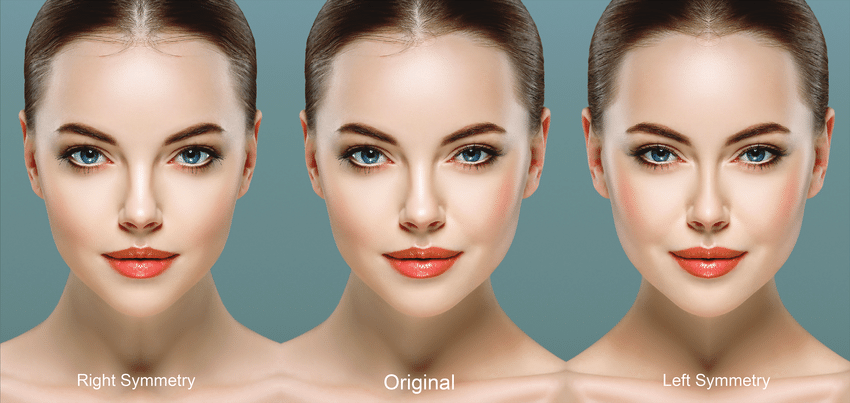What Qualifications Do I Need To Be A Dancer? - Model Factory
- 12 May 2022
- Dancers
To become a professional dancer or professional, in simple words, one has to be paid to dance instead of being paid to learn dance. It can also be argued that whether you are paid or not, choosing to dance with others means that you are good enough to be a professional and therefore also entitled to the title.
For example, when a dancer is first accepted into a ballet company, they are usually accepted as an apprentice. Which means they are no longer amateurs, but generally they are not being paid to dance yet. They no longer pay for their training or their shoes or other equipment required to perform and practice with the ballet company they apprentice with, but within the ballet company, they have not yet turned pro , because they are still apprentice and learning. To others being accepted into a ballet company basically shows that you have reached a professional level because you are performing at a professional level.
Professional dancers perform choreographed body movements and may appear in theater productions, TV shows, films and dance recitals. Through various styles such as ballet, hip-hop and modern dance, dancers tell stories and display emotions with their bodies. Not performing professionally, she is likely to pursue other dance-related professions.
Fierce competition exists among professional dancers for the jobs available. Some risk of injury exists with this career, as it is very physically demanding. Working hours are highly irregular and may include rehearsal days followed by performance evenings, seven days a week. Travel is often required as a professional dancer, sometimes to exotic destinations. Trips away from home can go on for months. Additionally, according to the US Bureau of Labor Statistics (BLS), about 15% of these workers are self-employed. Dancers must display creativity, teamwork and perseverance. Additionally, they require balance, knowledge of dance techniques and physical stamina.
Start Training
Most dancers begin their training before adolescence and audition for full-time work by the age of 18. Even after a dancer is employed, training must continue throughout the dancer's career. Many students participate in dance training programs in their teens. Private dance or performing arts schools and colleges can provide the experience needed to join a professional dance company. To gain acceptance into an advanced dance school, students must often attend a summer workshop, which can serve as an audition for a full-time dance training academy.
Consider a Bachelor's Degree
Although post-secondary education is not required for dance careers, graduate programs in dance can allow students to explore different dance styles or focus on a specific discipline. Demonstration opportunities are often available to give students practical experience. The curriculum of a bachelor's degree program in dance includes classes in choreography, contemporary dance trends, movement analysis, ballet, jazz, rhythm and dynamics, choreography and dance history.
There are also Master of Fine Arts programs available in dance that can allow students to study advanced dance theory under the guidance of a faculty mentor and practice independently in a chosen dance style. This may benefit those who wish to advance to a choreography position or become a dance teacher.
How Much will Training for a Professional Dance Career Cost?
Dance lessons cost an average of $10 US per hour. If you just take this into account (not dance shoes, costumes, exam entry forms, private lessons, costume fees, etc.) and apply it to the 10,000-hour mastery rule, that's about $100,000 for lessons only. Is. The costs are better explained in our article 'The Cost of Ballet'.
"Aspiring Models Click Here for More Information on the Modeling Profession."






